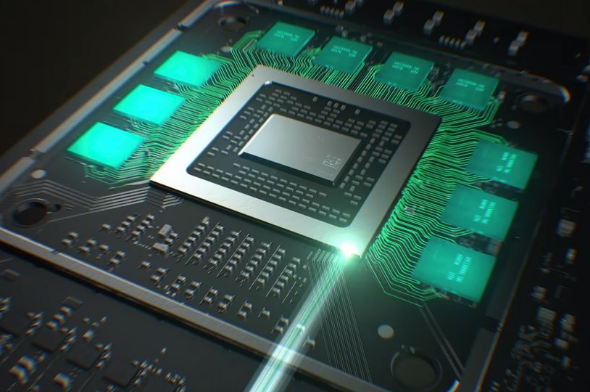Connection to DriversCloud Create a DriversCloud.com account Reset your DriversCloud.com password Account migration
And Microsoft announces (already?) the release of DirectStorage version 1.2
A technology that should drastically speed up data transfers, especially to the graphics card.
More than a year ago, Microsoft announced the arrival of DirectStorage on its Windows operating system. However, the technology didn't appear immediately after this announcement and it was not until the very beginning of 2023 that a first game - Forspoken - "exploited" its possibilities. Originally, DirectStorage was supposed to be a new API reserved for Windows 11, before Microsoft changed its mind and brought it to Windows 10 as well. Its operation is quite simple and aims to allow the data stored on the SSD to be directly manipulated by the GPU of the graphics card without any processing being done by the CPU beforehand. The latter is then no longer monopolized by tasks that do not really concern it and can allocate all its computing power to other activities. At the same time, the GPU no longer has to wait for the CPU to use the data (often graphics) present on the SSD.
Since the technology is based on a dedicated API, it is of course necessary that the applications are specifically designed to take advantage of it. In the world of video games, this is still a rarity since, as we said, we had to wait for Forspoken - released on January 24 - to open the ball. More embarrassingly, since that release, games using the technique can be counted on the fingers of one hand, but the biggest problem is still elsewhere: despite the support of DirectStorage, Forspoken 's loading times are barely influenced by Microsoft's technique, despite the publisher's statements.
Microsoft is not giving up, however, and is counting on the release of Diablo IV, for example, to bring DirectStorage back into the news: Blizzard's behemoth should be the next big release to exploit the technology and, perhaps, give it a little more publicity. The question now is whether Diablo IV will be DirectStorage 1.1 or DirectStorage 1.2. Version 1.2 has just been made available by Microsoft, which is taking advantage of the opportunity to make a few improvements that are supposed to simplify developers' lives. For example, " force I/O buffering " was a possibility reserved for graphics cards until now. It will now be possible to do the same with SSDs and hard disks: this would be a feature requested by developers. Developers will also be able to count on improvements on the compression/decompression side and on several bug fixes, notably in the loading of 3D textures, in the decompression tools and on buffering. It remains to be seen whether this will be enough to finally impose DirectStorage.







